The rise of Play-to-Earn (P2E) gaming has introduced a new frontier in digital labor, where players earn cryptocurrency or NFTs through gameplay. While proponents hail it as a revolutionary way to democratize income generation, critics argue that these models often mask exploitative practices under the guise of entertainment. The debate over virtual labor rights in P2E ecosystems has intensified as more workers—particularly in developing nations—rely on these games as primary income sources.
The Allure and Illusion of Financial Freedom
At first glance, P2E games promise financial empowerment. Titles like Axie Infinity and The Sandbox allow players to monetize their time and skills, creating opportunities for those excluded from traditional job markets. For many in countries like the Philippines or Venezuela, where wages are low and unemployment high, these games offer a lifeline. Stories of players paying off debts or supporting families through P2E earnings have fueled their popularity.
Yet beneath this optimistic narrative lies a more troubling reality. The initial investment required to participate—often hundreds of dollars for NFTs or in-game assets—creates a barrier that many cannot overcome without taking on debt. Early adopters profit, but latecomers face saturated markets where earning potential dwindles. The promise of "play" obscures what increasingly resembles precarious gig labor, with players grinding for hours to earn pennies after platform fees and asset depreciation.
The Hidden Costs of Virtual Grind
Unlike conventional jobs, P2E gaming lacks labor protections. There are no minimum wage guarantees, no health benefits, and no recourse when platforms abruptly change rules or collapse. Scholars note parallels with historical exploitative systems—company towns paying workers in scrip, or sharecroppers trapped in cycles of debt. Players become dependent on volatile crypto markets and opaque algorithms determining their earnings.
Reports from gaming communities reveal physical and mental health tolls. Twelve-hour daily grinding sessions lead to repetitive stress injuries, while the pressure to maximize earnings triggers anxiety. When the Axie Infinity Ronin network was hacked in 2022, losing $625 million, players saw earnings vanish overnight—a risk no traditional employee would accept. Platform operators face little accountability, framing losses as inherent to crypto's "wild west" nature rather than systemic failures.
The Regulatory Void and Worker Organizing
Legal systems struggle to classify P2E participants. Are they gamers, independent contractors, or something new? This ambiguity allows platforms to avoid employer responsibilities. Some jurisdictions are taking notice; Philippine legislators have debated recognizing "scholarship" programs (where asset owners lend NFTs to players for a cut of profits) as formal employment relationships requiring protections.
Grassroots efforts are emerging. Player unions like the Yield Guild Games (YGG) advocate for better terms, while academics propose "decentralized collective bargaining" using blockchain tools. However, the very technology enabling P2E—smart contracts and DAOs—often prioritizes platform autonomy over worker rights. The tension between Web3's libertarian ideals and labor solidarity remains unresolved.
Redefining Value in Digital Economies
At its core, the P2E debate challenges how societies value labor. When gameplay becomes work, should fun be factored into compensation calculations? How do we measure exploitation when the "factory" is a whimsical virtual world? Some developers are experimenting with cooperative models where players govern economies collectively, but these remain exceptions.
As P2E evolves, one truth becomes clear: virtual worlds replicate real-world inequalities unless deliberately designed otherwise. The metaverse won't automatically be fairer than the physical world—it must be made so through policy, design, and collective action. Until then, the gold rush mentality of crypto gaming risks leaving another generation of digital laborers holding the bag.

By /Jul 3, 2025

By /Jul 3, 2025
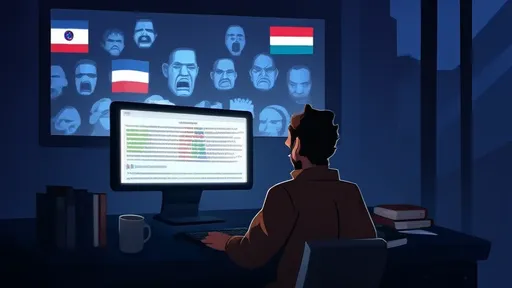
By /Jul 3, 2025
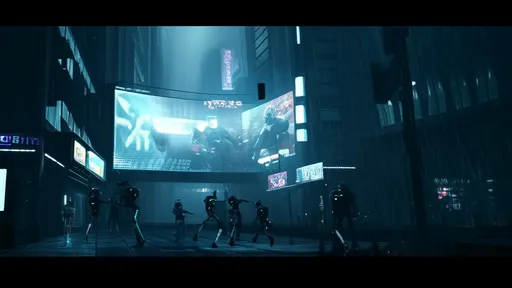
By /Jul 3, 2025

By /Jul 3, 2025

By /Jul 3, 2025
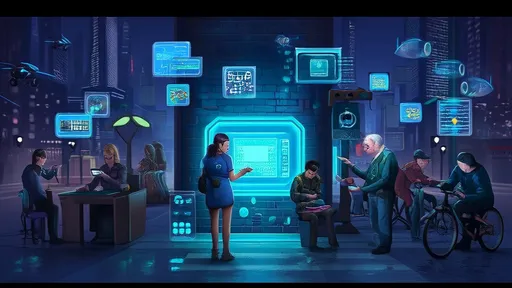
By /Jul 3, 2025

By /Jul 3, 2025
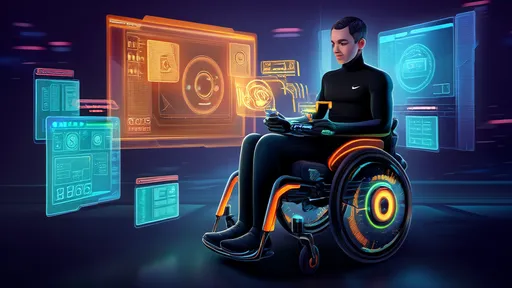
By /Jul 3, 2025

By /Jul 3, 2025
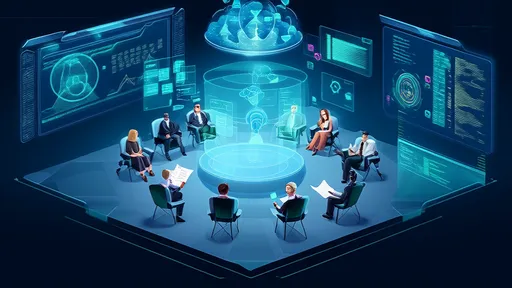
By /Jul 3, 2025

By /Jul 3, 2025

By /Jul 3, 2025
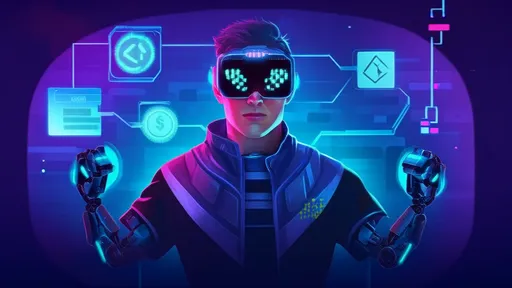
By /Jul 3, 2025
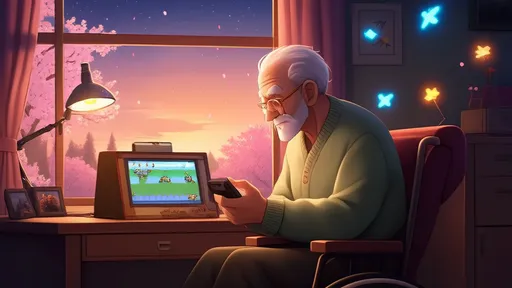
By /Jul 3, 2025

By /Jul 3, 2025

By /Jul 3, 2025

By /Jul 3, 2025